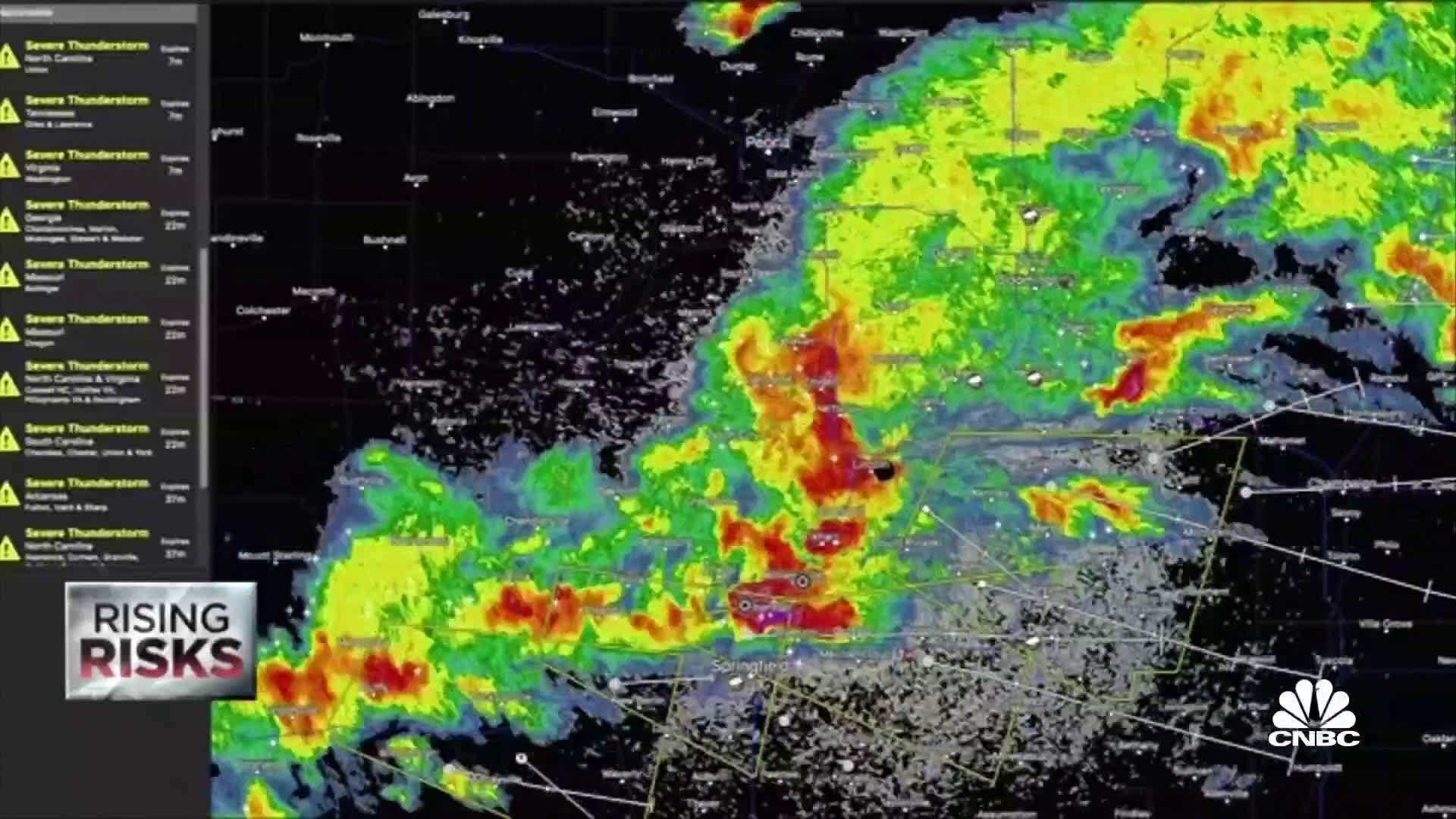Delta, the NFL, and the U.S. Air Force are turning to this app to prepare for extreme weather


As the severity, intensity and frequency of climate disasters increase, preparation is becoming more crucial than ever to protect lives, as well as infrastructure, businesses and local economies. One high-tech forecasting company is now stepping up, offering hyper-detailed weather prediction and pre-storm strategy plans, right down to a city block.
Boston-based Tomorrow.io already boasts clients like Delta, Ford, JetBlue, Meta, Raytheon, Uber, United Airlines, and the U.S. Air Force. Rainfall, snowfall, fire danger and air quality prediction are all part of the firm’s capabilities.
When the remnants of hurricane Ida blew into New Jersey almost a year ago, the state was woefully unprepared. It wasn’t a hurricane anymore, so the preparation was minimal, but the deluge was incredible.
“It rained four inches in one hour during Ida, and we had a total of six and a half inches of rain, in one storm event, which is really unprecedented,” said Caleb Stratton, chief resilience officer for the city of Hoboken, New Jersey.
Hoboken, just across the Hudson River from Manhattan, is only two square miles but home to more than 62,000 people. It is increasingly prone to flooding, so the city had been building protection in the form of parks that act as massive drains.
One of the parks sits atop a massive cistern that can hold 200,000 gallons of water and is managed remotely, so water can be held or released when necessary.
But to optimize the system, city officials need to know what’s coming. So just after Ida, they began working with Tomorrow.io.
“They are able to provide insights on when a storm event’s going to occur — at what intensity, for how long — and they can do really block by block forecasts,” said Stratton.
The firm works with its clients well before they start forecasting to show them specifically how future weather will affect everything from operations to supply chains to staffing.
“We will take an airline’s operating protocol, specifically upload it into our system, and then we have our own proprietary insights dashboard that tells them exactly when it’s going to happen,” said chief marketing officer Dan Slagen. “So we’ll tell an airline over the course of the week, these flights are going to be at risk of weather, and if you need to de-ice your planes, this is the time to do it, to avoid delays or any safety impacts.”
Next up, the firm is sending its own satellites into space, which will send back data far more frequently than government weather satellites.
This post has been syndicated from a third-party source. View the original article here.




